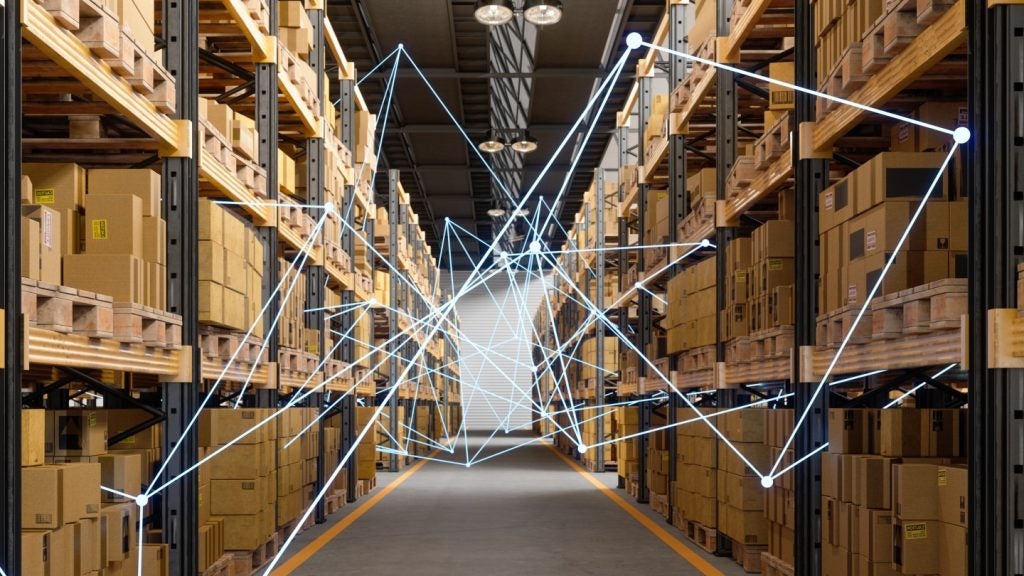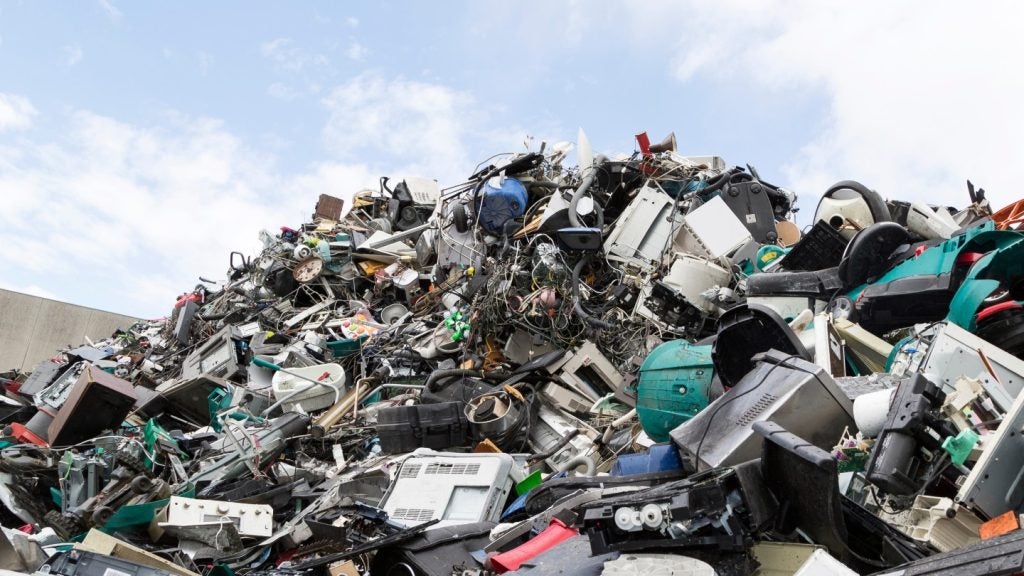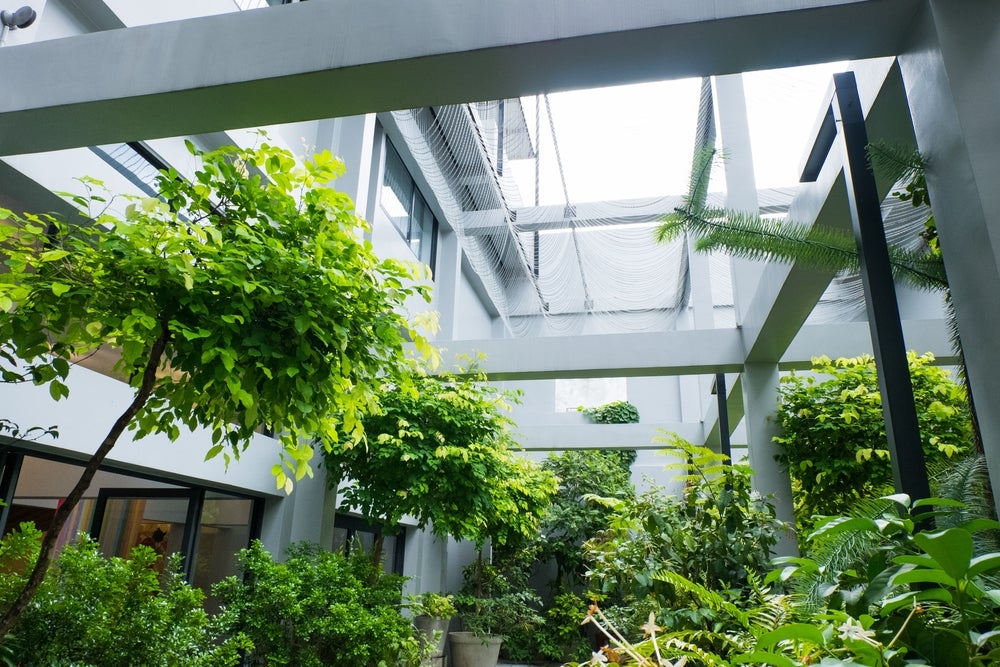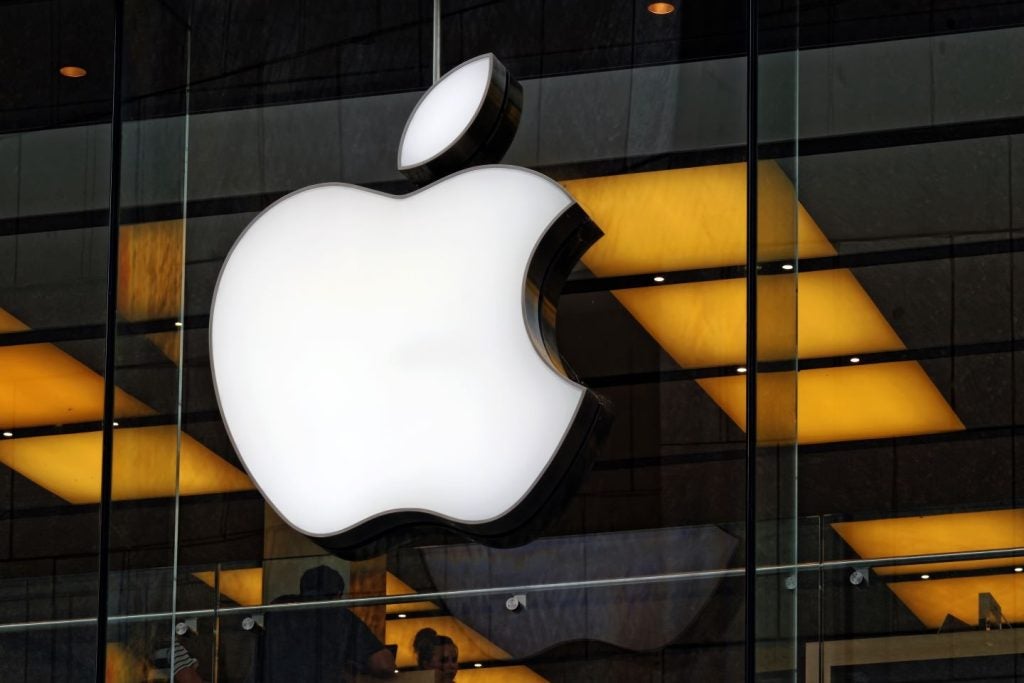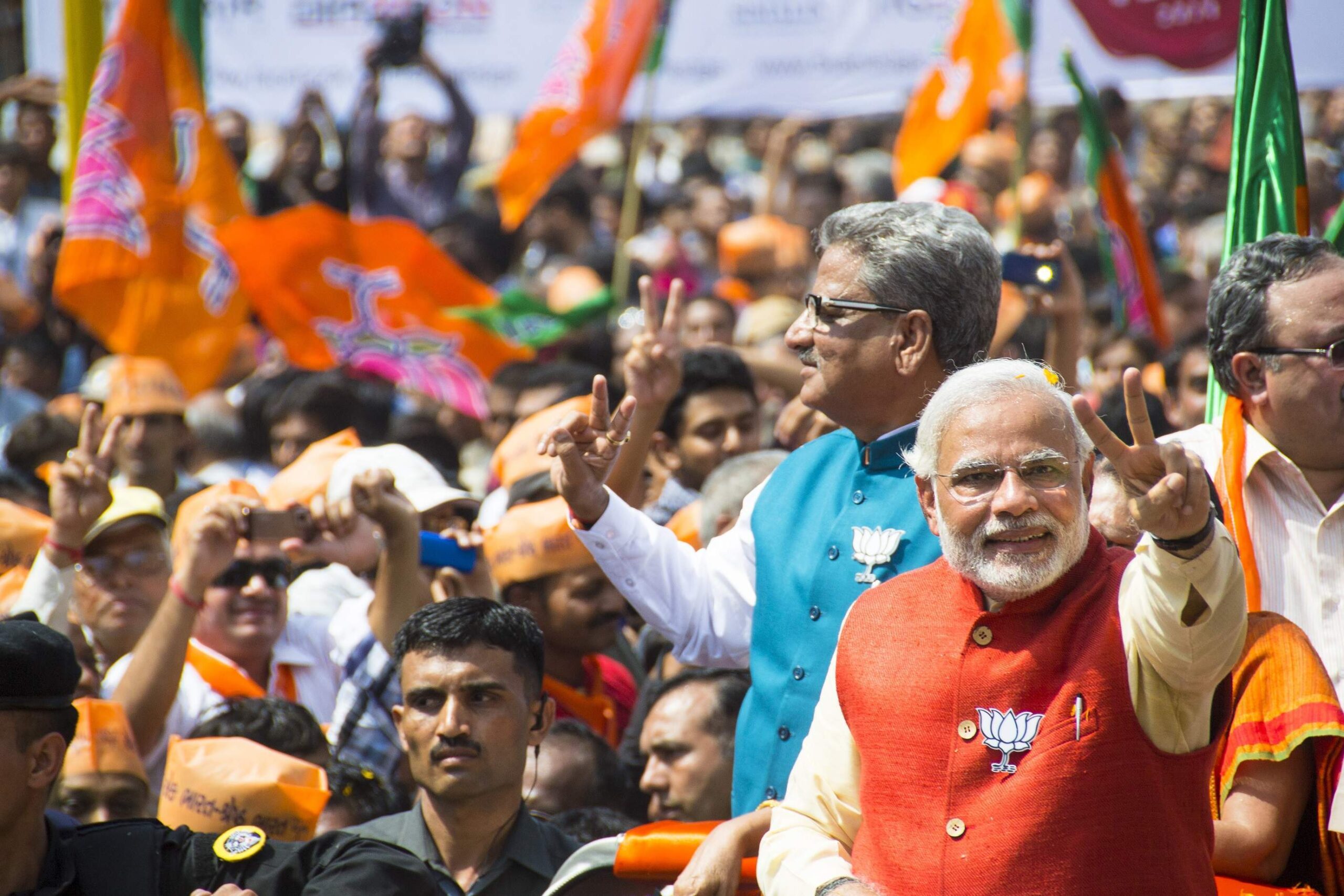
India’s economy was re-crowned the world’s fastest growing economy this year, with economic growth forecasts of 7% to 7.5% for 2018/2019.
The government said the growth was driven by a fleet of structural reforms, among them: the privatisation of parts of the economy, the introduction of a new ‘goods and services tax’ and the easing of restrictions of foreign investment.
The annual health of the economy survey said:
“A series of major reforms undertaken over the past year will allow real GDP growth to reach 6.75% this fiscal (year) and will rise to 7.0 to 7.5% in 2018/19, thereby reinstating India as the world’s fastest growing major economy.”
In the last three months of 2017, India’s GDP growth went into full throttle at 7.2%, overtaking China for the first time in a year, as they grew at a relatively leisurely 6.8%.
The latest results are a marked improvement from last year, when the country saw their lowest growth rates in three years in 2017/18 after the rocky launch of a sales tax in July, that hit the manufacturing and service sectors.
How well do you really know your competitors?
Access the most comprehensive Company Profiles on the market, powered by GlobalData. Save hours of research. Gain competitive edge.

Thank you!
Your download email will arrive shortly
Not ready to buy yet? Download a free sample
We are confident about the unique quality of our Company Profiles. However, we want you to make the most beneficial decision for your business, so we offer a free sample that you can download by submitting the below form
By GlobalDataIndia’s GDP from 1960 – 2016
Two factors are driving India’s growth, senior asia economist at Capital Economics, Gareth Leather told Verdict.
“One of the reasons India is growing so quickly is that it’s such a poor country, which means it’s got lots of catch-up potential. So if you look at a lot of Asian countries for example, they all grew quite quickly at various rates since the second world war.”
“The other thing India’s got in their favour is quite good demographics. A lot of countries in the West and Asia are ageing quite rapidly so the working age population are starting to shrink. Whereas, in India it is still growing at a decent pace.”
A fleet of structural reforms pushed through by Indian Prime Minister Narendra Modi, since he sailed to power in 2014, have also helped write India’s growth story, he said.
Privatisation of parts of the economy, such as the coal industry, state-run oil company and airline, and the introduction of new taxes to help fund infrastructure spending have all boosted sentiment and the bottom-line growth rate, he said.
“One of the first things Modi did when he first came to power, was scrap fuel subsides, that were costly to the government, but politically popular for keeping fuel prices low and stable.”
Throwing out fuel subsidies caused local fuel prices to fluctuate in line with global prices, but it freed up a lot of money to spend on infrastructure, he added.
Modi also replaced India’s “hodge-podge” taxation system, which saw different taxes in different states, with an overall ‘goods and services tax.’
Smaller scale reforms including the recapitalisation of banks and changes to the business environment, such as a loosening of restrictions on foreign investment in certain sectors like real-estate, brokerage and retailing have also done wonders for the economy.
India’s Annual GDP growth (%)
Yet India’s growth rate today is still slower than the meteoric rise seen before the financial crisis, when the country grew 9% a year from 2005 to 2008.
With current labour regulation restrictions it is harder, according to Leather to build at scale.
“If you want to build a factory in China its relatively straight-forward to acquire the land and build the factory, whereas in India there are many bureaucratic hurdles and red tape, and that’s holding back manufacturing.”
“If you want to hire and fire workers in India it is very expensive, which puts people off from hiring workers. So manufacturing doesn’t move to the country. It encourages companies to keep their businesses quite small because these restrictions only apply to certain sized companies.
“So you don’t get these economies of scale, that you could do from having large-scale manufacturing companies.”
According to Capital Economics, the world’s largest democracy, with a population of 1,2 billion is set to continue growing:
“We don’t see any reason why the economy would crash. If it continues to grow at 7% it will probably be the fastest growing part of the world. It could probably achieve more, with more reforms as well,” he said.
In his opening address at the World Economic Forum in Davos in January, Modi promised to double the size of India’s economy in 2025 to a whopping $5 trillion, by “removing the red tape and laying out the red carpet.”



